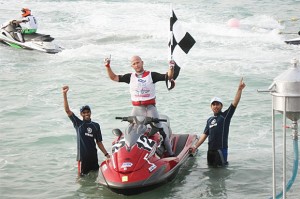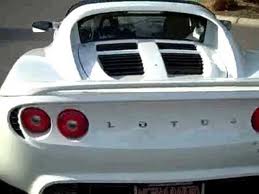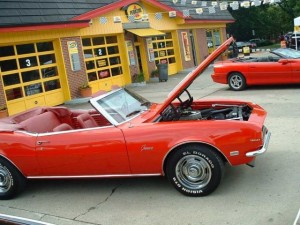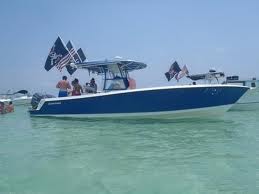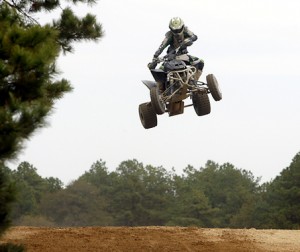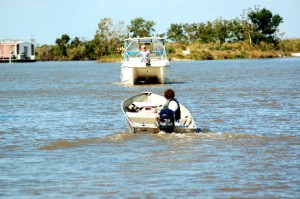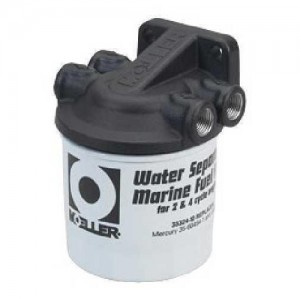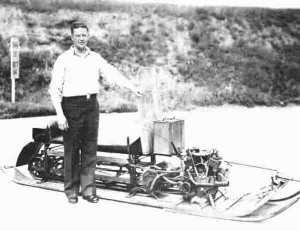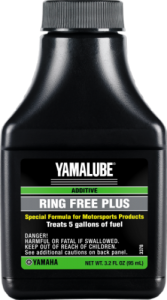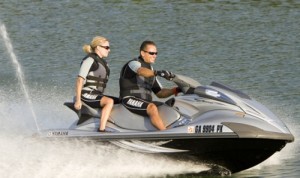High End Semi-Synthetic Oil
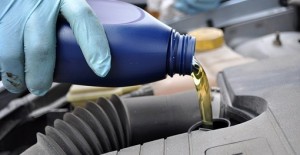 This past week, I’ve dedicated quite a bit of blog space to synthetic oils. I’d like to close out the work week by telling you a bit more about my high end semi-synthetic oil of choice, Yamalube 2W. This marine oil is specifically approved for use in Yamaha sport boats and WaveRunners.
This past week, I’ve dedicated quite a bit of blog space to synthetic oils. I’d like to close out the work week by telling you a bit more about my high end semi-synthetic oil of choice, Yamalube 2W. This marine oil is specifically approved for use in Yamaha sport boats and WaveRunners.
Though it is available in smaller sizes, I personally stock up on Yamalube 2W oil and buy it in 55-gallon drums. I would estimate that using the high end semi-synthetic oil has saved me thousands of dollars in engine parts. Yamalube 2W keeps the internal workings of the motor well lubricated, clean and cool.


